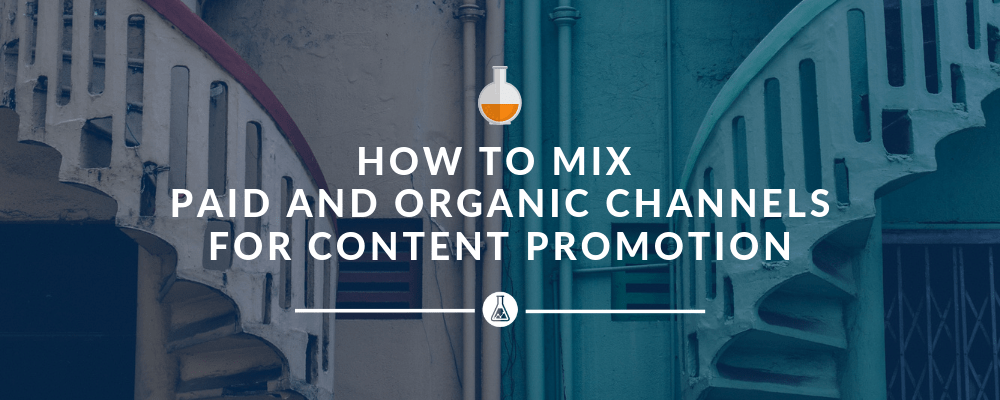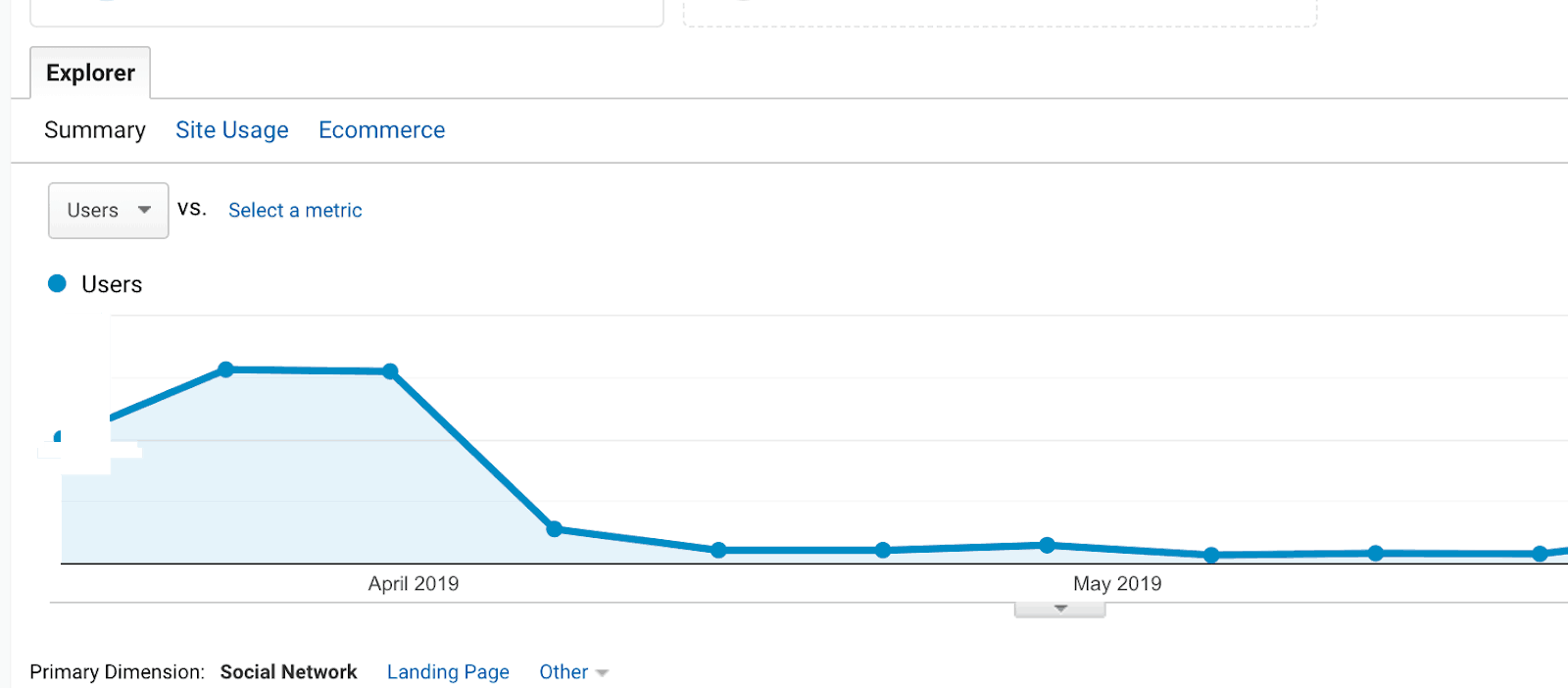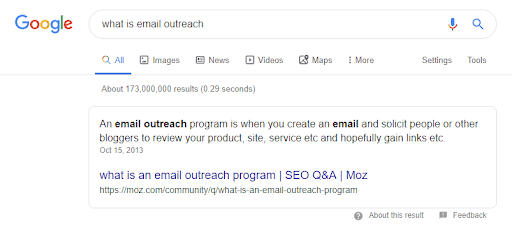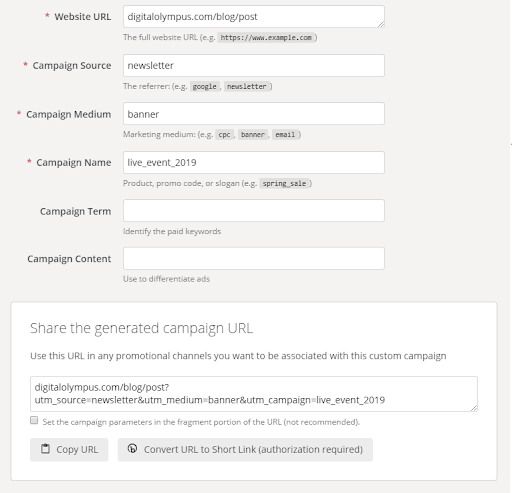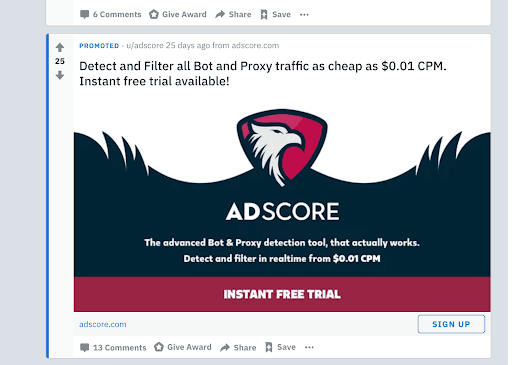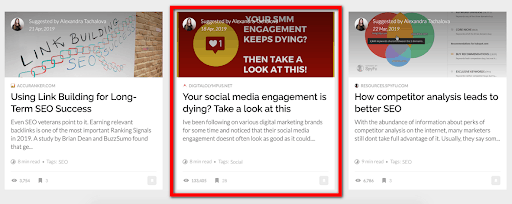Around 12 years ago I was really into video games. I was the type of gamer that could play a shooter one day and switch to an old-school strategy like Rome the next one. Once, I spent the entire summer playing Diablo II and boy, what a time it was. My character was a Witch whose main game stats were Mana and Agility. But instead of working on them, I kept boosting Strength and Health, the two main stats of a Barbarian character. As a result, my character kept dying from a wind blow, and it was impossible to play it.
Why did I bring this up? Surely, it has something to do with content promotion coming from the title of the post. Here it is: producing content without promotion is as useless as my Diablo II character.
Data suggests that on average you need around 4 hours to create a post. My own experience tells that content promotion requires 10X more time compared to content production. Especially if your goal is to start getting a sufficient flow of users on a daily basis.
In this guide, I am going to share with you how to do a results-driven content promotion which includes using both organic and paid channels.
Before we’re going to move to content promotion strategies
The best kind of traffic is organic. Mainly, because it doesn’t require a non-stop effort like the traffic from social media. Here’s the proof: this is what happens to SMM (social media marketing) traffic once you stop posting regularly:
And here’s how the organic traffic changes over time. In the screenshot below you can see the Digital Olympus organic traffic flow after our April’s live event. There was a substantial rise around the dates of the event, but since then, we’ve still been getting a stable amount of traffic without any additional efforts.
Traffic and SEO go hand in hand, so in order to achieve your traffic goals, you need to take care of the following basic SEO elements. It takes some time to organize, but on the bright side, it doesn’t require you to be an SEO expert to make it work.
1. Keyword Research
There are tons of tutorials on the Internet on how to perform keyword research properly. So, I’m not going to stop here to talk about it since you probably know better than me how to tackle Google search. Instead, I want to share a few tips of my own.
This is one of the most obvious but very actionable techniques. It’s hard to compete with the huge sites that occupy SERPs for highly competitive keywords. But you don’t need to do it. If you focus on long-tail, more targeted keywords, you have way better chances of getting to the top search results and even a Featured Snippet.
- Always check your SERPs to ensure that a keyword intention matches your content
There are innumerous types of content you could be creating for one keyword. Commercial pages, media, educational materials – they can all be ranking for a single search term. What you need to be sure of is the main intent of the user who’s searching for your targeted keywords. So, always check your SERPs to make sure that your content matches your users’ intent.
2. Optimize the Title Tag, Meta Description, and URL
The title tag, meta description, and URL summarize the main idea of the page’s content. For better ranking, they should include a keyword for which you want your page to appear in the search results.
The main optimization steps include:
- Using the right number of characters (50-60 characters for a title tag and 50-160 characters for a meta description).
- Including your target keyword into all the named elements of the page (title tag, meta description and page URL).
3. Internal Linking
The best thing about internal linking is that you completely control the whole thing: you choose how many of them to put and where, what kind of anchor text to use, etc.
The number of internal links pointing to a certain page works like a signal to search engines about its relative importance. It improves the user behavior stats and makes your content more user-friendly.
Now that we’ve gone through the basic terms, let’s get to practice and see what steps you need to take to promote your content in the most efficient way.
How to combine paid and organic content promotion channels
Many guides recommend posting your content across as many channels as possible, but I think that this strategy is far from optimal. Instead of spreading your efforts, you need to focus on the channels that can actually bring you traffic.
It doesn’t make sense to promote your content on your Facebook page if the only people who put a like to it are you and your boss. However, it makes sense to post it if you’re planning to use Facebook post boosting. The central idea here is to prioritize the channels before you begin to promote your content.
Social Media Shout-outs
Social media shoutouts are quite a time-consuming task. If you want your posts to look professional, you’ll need to create unique texts and custom-made images for each channel. If you work with at least 3 social media platforms, it can take up to a few hours for only ONE promo.
If you want to get more exposure from promoting your content on social media, I recommend using a social media buzz platform like ViralContentBee. This tool offers a wide range of content promotion features that will boost any social media campaign you run.
But doing a shout-out is only half the job. Some social media platforms, like Facebook, only show your posts to a fraction of your page’s followers due to their abstrusive algorithm for ranking and displaying content. As a result, there’s no other option for brands than to boost their posts in order to get their audience’s attention.
To reduce the costs on social media promotion, I recommend targetting those users who are already a part of your community or have previously visited your site. Otherwise, you’d have to spend 10X more and get a lot less exposure than you could potentially get.
In particular, using Facebook ads makes sense for those posts that have already gained multiple likes and shares. If you’re planning to boost the post later on, make sure to create its image according to the Facebook Ads Guide requirements. Otherwise, you won’t be able to launch the campaign.
Hint: if you want to measure the effectiveness of paid advertising on social channels, you must apply UTM parameters for each campaign.
This way, you will be able to identify which social media ad channel works best for you.
Industry Communities
Each industry has countless communities where users are actively sharing knowledge with each other. Some of those communities might be accessible via admin approval (such as Facebook closed groups) or paid ones, like TrafficThinkTank.
Below, I want to share a few examples of the industry communities that I’ve personally dealt with.
Reddit is one of the biggest communities in the online world. There, you can find a thread on literally any topic you want (or create your own). This giant community allows you to find the answers to whatever questions you may be having which gives you a unique opportunity to promote content.
However, if you want to do so, you must provide the community with noteworthy high-quality materials only. You can’t just go to a Reddit thread and say: “Hey everyone, here’s our new cool piece — enjoy!” This will most probably result in your post being marked as spam. Instead, it should be something really eye-catching like a how-to infographic or a summary video of all the points in the thread.
Another option would be to use Reddit content boost. The biggest plus of this boost is that you can select in what kind of communities your content is going to be promoted, which ensures that it will only be seen by the relevant users. The starting price for Reddit ads is $5 for a campaign and $0.75 for an impression. Weigh your options to decide whether your budget allows you to invest in Reddit ads.
- Zest.is
Zest is a free content sharing platform that is mostly popular among digital marketers. Prioritizing content quality over quantity, Zest stands out from similar platforms due to their high editorial standards. When you submit your post for review, you should be aware that Zest’s editorial team might reject it for one of the following reasons:
- The topic has been already covered on Zest. Make sure you provide the audience with additional value such as a fresh perspective or a new angle.
- Your content is not insightful enough. Round-ups and XX tools posts will be 100% rejected.
- Your content is outdated. To successfully get a Zest’s editor approval, ensure your content applicability and relevance.
- The content aims to sell something. Too much promotion always sticks out, so be ready to only post promo-free content.
Once you pass the quality barrier (i.e. your content gets approved for publication), you can promote it with the help of Zest’s special Content Boost option, which costs around $300 per month for one post.
This option is not for a shoe-string budget, but the results that it drives are substantial. See for yourself: on average, a post gets 3-10k organic impressions, but with the Content Boost option it can get up to 70-120k depending on the topic of your post.
And surely, this paid promotion option results in a sizable traffic gain:
Email Outreach
If you’ve been following on what I do, you already know that email outreach is one of my favorite promotion strategies. Long story short, if you know how to deliver it the right way, you can be getting up to 100 links monthly.
Inbound links are one of the strongest ranking signals, so when their number grows, it leads to an increase in organic traffic.
link building Info
If you’re not into the whole link building thing, here’s a quick summary on the subject. The number of inbound links is a strong signal for the search engines about the quality and value of your content.
So, if the content seems to be interesting for a big share of the audience, the search engine prioritizes it in the search results that it serves to other users. If you haven’t been living under a rock for the past 10 years, you know that high positions in search lead to an increase in organic traffic. So here it is: the more links — the more organic traffic.
The process of getting links through email outreach includes the following basic steps, which you shouldn’t ignore:
- Only target the blogs and media platforms that could potentially be interested in your content. This ensures the relevance of your message and improves your chances for success.
- Start by building business relationships with your linking prospects to minimize the chances of your pitch to be rejected.
- Find the correct email addresses of the people you’re going to get in touch with. To do that, you can use such tools as Hunter.io, ContactOut, VoilaNorbert, and others.
- Create a personalized email template for each outreach campaign you run. Nothing ruins the first impression faster than an overused email template.
- Make sure to send your pitch to the right person. For that, research the roles that are associated with content publishing on the blog and make sure to find the person in charge.
- Don’t forget to follow-up if your initial pitch does not get a response. Don’t be obtrusive and make sure to wait a few days. A common practice is to wait at least two-three days.
Remember that to succeed in email outreach, you should be doing it on a regular basis.
Email Newsletter
Another content promotion technique is to notify your subscribers about any content updates you’re releasing on your blog with an email newsletter. If your audience is loyal, it works like a charm and sends traffic directly to your website.
However, you should be careful not to overuse this channel. People are generally overwhelmed with the amount of marketing information they are sent daily, and if they think that you’re contributing to the noise, they will stop opening your emails.
A few suggestions that will help you increase the efficiency of your next email blast:
- Get as much information as possible about your best leads to create the most relevant content.
- Segment your email list to only send your newsletter to the subscribers who are interested in it.
- Use storytelling. Nothing captivates humans’ attention as much as a good story.
- Make sure that your email newsletter is designed well. There are many visual templates to use so that you don’t have to design the whole outline from scratch.
Follow these simple rules and your target audience will always be pleased to receive your email newsletters.
To sum up - Content promotion is an engine
Content promotion is one of the engines that keeps your online business above the water. An elaborate promotion is a whole new kettle of fish — it helps your business skyrocket and grow.
The purpose of this post was to get you a clear understanding of how to combine and mix various methods of promotion. I hope you found the recipe that will fit your business model in the best way.

Alexandra Tachalova
Alexandra Tachalova has worked in digital marketing for over six years. She is a digital marketing consultant who focuses on link building, content marketing, and SMM. Alexandra is a frequent speaker and founder of the online digital marketing event DigitalOlympus.net.

